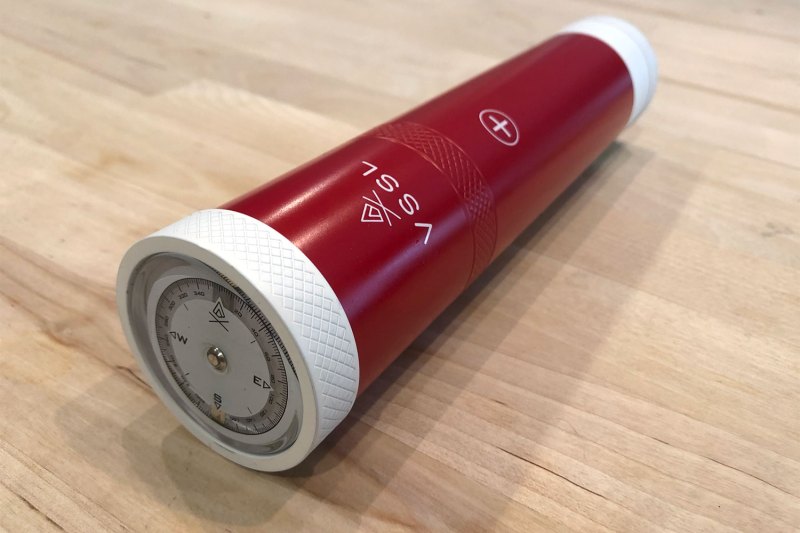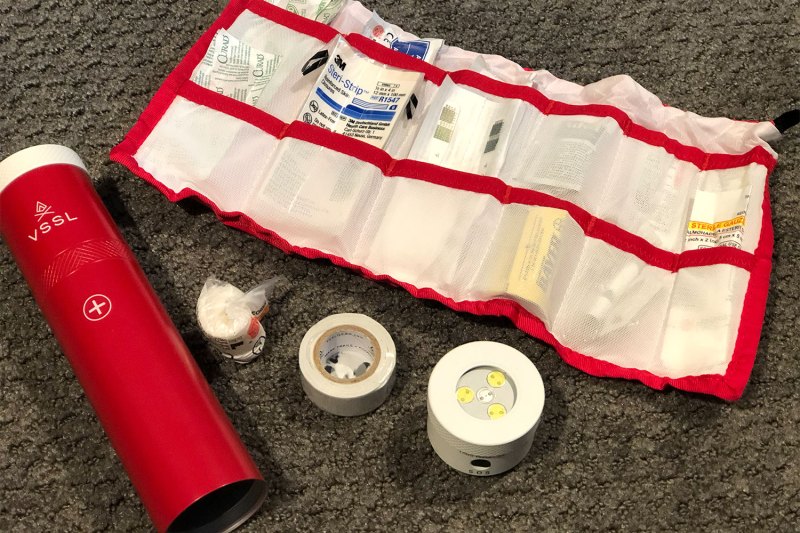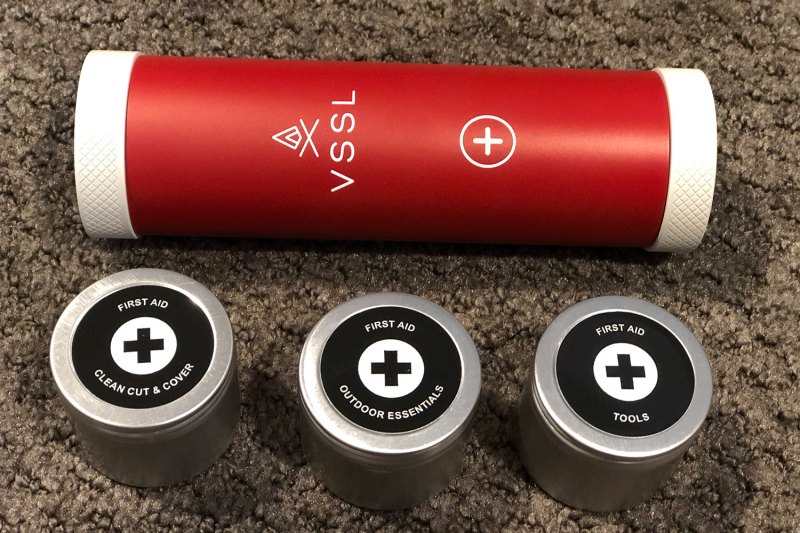There are a dizzying number of first aid kits out there. Many of them are well-curated, yet fail to stand out from the masses, because how is one little red pouch packed with bandages, burn cream, gloves, gauze, aspirin, Advil, tweezers, and towelettes really all that different from another little red pouch packed with bandages, burn cream, gloves, and you get it?

Answer? It’s not. Most halfway-decent compact first aid kits designed for portability and compact storage are more or less comparable. So choosing the kit you’ll keep in your hiking pack, glove box, or desk drawer at work hardly matters. Now just add a compass, a reliable flashlight, and you should be good to go even when those scrapes, cuts, burns, stings, or other unpleasantries that happen at times in the backwoods (or backyard or kitchen or office) happen to you.
Ah, but what if your first aid kit is soaked and many of its components are ruined? Or what about a long drop or accidental crushing that damages the kit? And what if you find a sudden need to transport a bit of water and/or need a handy baton with which to strike a rabid fox? What’s your little first aid pouch going to do for you then, eh?

Answer here? All of that and more, if you ditched the traditional first aid pouch and got a VSSL First Aid Kit. These brilliantly curated kits pack dozens of first aid essentials into a military-grade aluminum tube that’s waterproof and practically indestructible. On one end of the tube is a compass, and on the other is an LED light that can produce a 200-lumen beam, a dimmer light ideal for reading a map (or book), a flashing SOS strobe, or a red light for preserving night vision.
The first aid gear packed between the compass and flashlight caps is stored in a pack that rolls up for storage and flattens out for quick spotting and access to everything you need to cool a burn, soothe a sting, or dump a hemostatic clotting agent into a deep wound you then seal with steri-strips, cover with gauze, and tape off. (Let’s hope you never have to do any of that, because that sounds like one deep cut.)

The kit also contains everything you’d usually expect, like basic pain meds, sterile gloves, tweezers, various bandages, and so on. Bonus gear includes disposable thermometers, a high-visibility tape that can be used medically or for trail marking, and an emergency whistle that will be heard for miles in quiet conditions. (Three blasts, pause, repeat — that’s the standard emergency call, FYI.) But what’s of course the most notable asset here is the vessel itself. Beyond the light and compass, that rugged tube itself can be used as an impromptu canteen, to protect a compact valuable object, as a hammer or, as noted in that extreme case above, a self-defense weapon. And yet it’s just nine inches long, two inches across, and weighs a bit less than a pound.
Too big for you? Then get your hands on the new VSSL First Aid Mini. You’ll have to sacrifice the light and compass, but this 6.5-inch tube contains enough first aid gear to get you safely through many a scrape. And burn. And gash. And so on.



